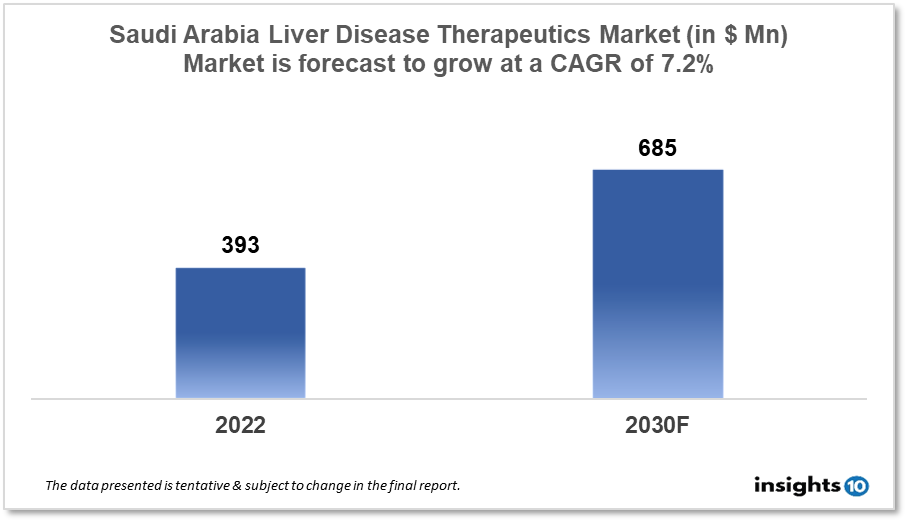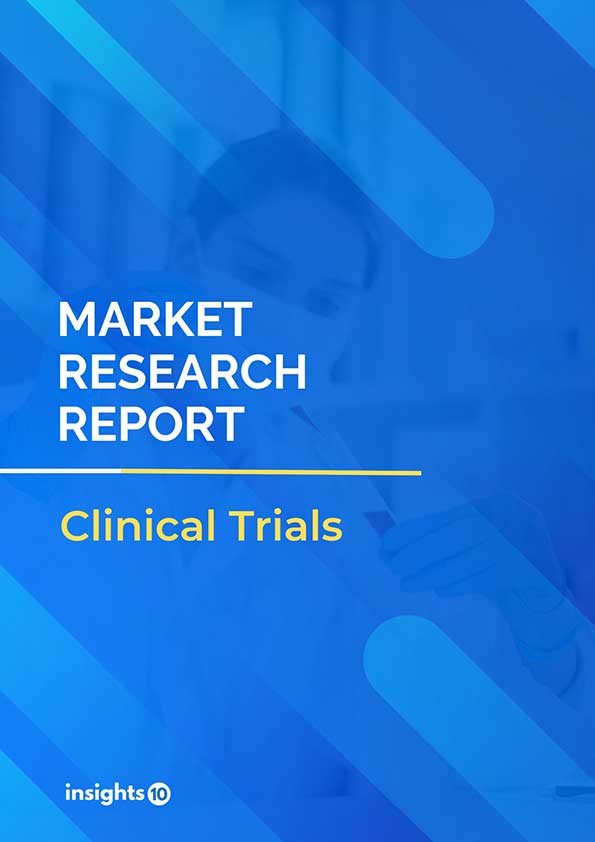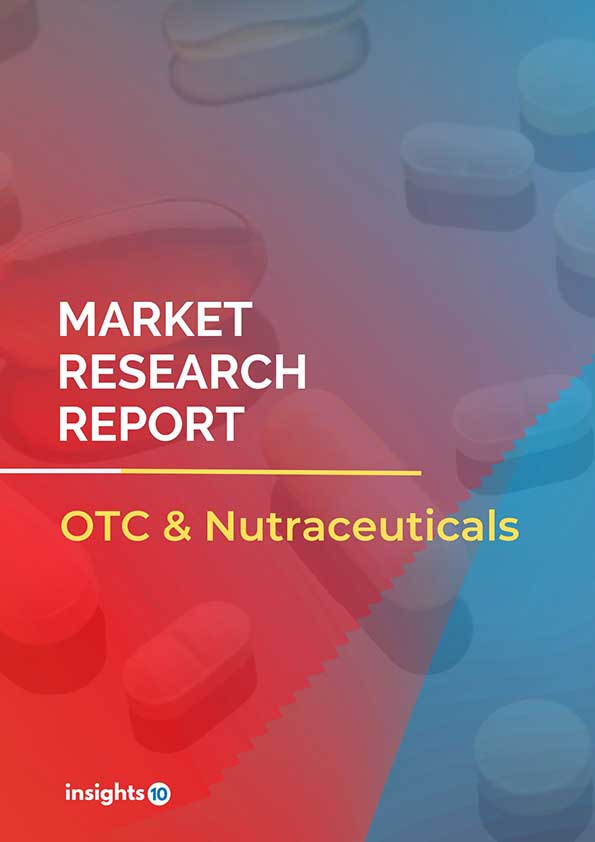Saudi Arabia Liver Diseases Therapeutics Market Analysis
By 2030, it is anticipated that the Saudi Arabia Liver Disease Therapeutics market will reach a value of $685 Mn from $393 Mn in 2022, growing at a CAGR of 7.2% during 2022-2030. Liver Disease Therapeutics in Saudi Arabia is dominated by a few domestic pharmaceutical companies such as Tabuk Pharmaceuticals, Jamjoom Pharma, and SPIMACO. The Liver Disease Therapeutics market in Saudi Arabia is segmented into different types of disease and different therapy types. Some of the major factors affecting the Saudi Arabia Liver Disease Therapeutics market are the growing prevalence of liver diseases and unhealthy and dynamic lifestyles.
Buy Now

Saudi Arabia Liver Disease Therapeutics Analysis Summary
By 2030, it is anticipated that the Saudi Arabia Liver Disease Therapeutics market will reach a value of $685 Mn from $393 Mn in 2022, growing at a CAGR of 7.2% during 2022-2030.
Saudi Arabia is a high-income, developing country in the Middle East bordering the Persian Gulf and the Red Sea. Non-alcoholic fatty liver disease (NAFLD) is also a major health concern in Saudi Arabia, with a general population prevalence of up to 30% and a prevalence of up to 75% in those with diabetes or obesity. Healthy diets reduced alcohol intake, and an increased understanding of the necessity of the hepatitis B vaccine are all vital for the prevention and management of liver disease in Saudi Arabia.
According to the latest WHO data published in 2020 Liver Disease Deaths in Saudi Arabia reached 4,931 or 3.68% of total deaths. The age-adjusted Death Rate is 26.88 per 100,000 of the population ranks Saudi Arabia 69th in the world. Saudi Arabia's government spent 6.2 % of its GDP on healthcare in 2020.

Market Dynamics
Market Growth Drivers Analysis
Hepatitis B and C are the leading causes of liver disease in Saudi Arabia, accounting for over 75% of all cases. When doing business in Saudi Arabia, economic diversification and reform efforts to attract foreign investment are critical concerns. These aspects could boost Saudi Arabia's Liver Disease Therapeutics market.
Market Restraints
Due to the extensive spread of COVID-19 throughout the country, several liver transplant programmes in Saudi Arabia have reduced or temporarily ceased their transplant activity until further notice. Saudi Arabia's fragility in the non-oil sector, compounded by COVID-19, increases the danger to enterprises. These factors may deter new entrants into the Saudi Arabia Liver Disease Therapeutics market.
Competitive Landscape
Key Players
- Tabuk Pharmaceuticals: Tabuk Pharmaceuticals is a Saudi Arabian pharmaceutical company that produces a range of liver therapeutics, including drugs for the treatment of liver cancer and hepatitis B
- Jamjoom Pharma: Jamjoom Pharma is a Saudi Arabian pharmaceutical company that produces a range of liver therapeutics, including drugs for the treatment of liver cancer, hepatitis B and C, and liver cirrhosis
- SPIMACO: SPIMACO is a Saudi Arabian pharmaceutical company that produces a range of liver therapeutics, including drugs for the treatment of liver cancer and hepatitis B
- Al-Jazeera Pharmaceutical Industries: Al-Jazeera Pharmaceutical Industries is a Saudi Arabian pharmaceutical company that produces a range of liver therapeutics, including drugs for the treatment of liver cancer and liver cirrhosis
- Global Pharma: Global Pharma is a Saudi Arabian pharmaceutical company that produces a range of liver therapeutics, including drugs for the treatment of liver cancer and hepatitis B
Recent Notable Updates
August 2021: Albireo Pharma, a firm developing innovative bile acid modulators for uncommon liver diseases, has completed an ex-US commercial distributor collaboration with Genpharm Services for the Gulf area. Bylvay, the first medicine licenced for progressive familial intrahepatic cholestasis, will be commercialised, and distributed in Saudi Arabia under the terms of the agreement (PFIC). Saudi Arabia has one of the world's highest rates of PFIC. Bylvay was recently licenced in the United States for the treatment of pruritus in all subtypes of PFIC and got European Marketing authorization for the same.
Healthcare Policies and Reimbursement Scenarios
In Saudi Arabia, the Saudi Food and Drug Authority (SFDA) is responsible for regulating the registration and approval of drugs, including those used for liver disease treatment. The SFDA follows a strict regulatory framework that ensures safety and efficacy of drugs. The Saudi Arabian government provides reimbursement for some liver disease treatments, including for hepatitis B and C. The New Saudi Health System (NSHS) allowed local and foreign insurance companies to deal with expatriates and citizens in the private healthcare sector.
1. Executive Summary
1.1 Disease Overview
1.2 Global Scenario
1.3 Country Overview
1.4 Healthcare Scenario in Country
1.5 Patient Journey
1.6 Health Insurance Coverage in Country
1.7 Active Pharmaceutical Ingredient (API)
1.8 Recent Developments in the Country
2. Market Size and Forecasting
2.1 Epidemiology of Disease
2.2 Market Size (With Excel & Methodology)
2.3 Market Segmentation (Check all Segments in Segmentation Section)
3. Market Dynamics
3.1 Market Drivers
3.2 Market Restraints
4. Competitive Landscape
4.1 Major Market Share
4.2 Key Company Profile (Check all Companies in the Summary Section)
4.2.1 Company
4.2.1.1 Overview
4.2.1.2 Product Applications and Services
4.2.1.3 Recent Developments
4.2.1.4 Partnerships Ecosystem
4.2.1.5 Financials (Based on Availability)
5. Reimbursement Scenario
5.1 Reimbursement Regulation
5.2 Reimbursement Process for Diagnosis
5.3 Reimbursement Process for Treatment
6. Methodology and Scope
Liver Disease Therapeutics Segmentation
By Treatment Type (Revenue, USD Billion):
- Chemotherapy
- Antiviral Drugs
- Vaccines
- Immunosuppressants
- Corticosteroids
- Immunoglobulins
- Targeted Therapy
By Disease Type (Revenue, USD Billion):
- Non-alcoholic Fatty Liver Disease (NAFLD)
- Autoimmune Diseases
- Cancer
- Hepatitis
- Genetic Disorder
- Others
By Distribution Channel (Revenue, USD Billion):
- Hospital Pharmacies
- Retail Pharmacies
- Online Pharmacies
Insights10 will provide you with the reports within 10 key parameters which are:
- Market Overview
- Market Growth Drivers & Restraints
- Epidemiology of Disease Type
- Market Segmentation
- Market Share
- Competitive Landscape
- Key Company Profiles
- Healthcare Policies & Regulatory Framework
- Reimbursement Scenario
- Factors Driving Future Growth
Based on our many years of experience, we believe that these are the parameters that are critical to decision-making for business stakeholders. Our focused approach to developing reports focused on 10 key parameters, enabled us to arrive at the name “Insights10”.

Stage I: Market Data Collection
Primary Interviews: We have developed a network of experts, freelancers, and researchers across countries through which we engage with local experts to gather key data points and assumptions about each market. We also engage regularly with some of the best market research agencies such as Atheneum, GuidePoint, GLG, etc. to conduct surveys and interviews, and build intelligence. We have language translators as a part of our team, who between them can cover 30+ languages allowing us to extract better local insights.
Secondary Data Collection: We have developed strong expertise and experience in secondary data collection methods for developing unique data sets and research material. We gather data from multiple reliable sources to maintain a high level of accuracy and consistency. The market data is analyzed and forecasted using appropriate statistical and coherent models. The report offers an overall analysis of the market size, growth, and market share as well as a segment-level analysis of the specific market. Our report includes precise, to-the-point information related to the overall market, competition, growth drivers, challenges, regulatory updates, and competition.
Data Sources: We have access to multiple highly reliable free and subscription data sources. We have many years of experience to understand which sources are more dependable for what and which to prefer for the reliable and latest information. The key sources of information include the following, but are not limited to:

Stage II: Market Data Analysis and Statistical Model
Market Trends: We generally look at macro parameters and micro indicators. The macro parameters include changes in government policies, demand and supply of the market, government intervention programs, and major market share. The micro indicators are GDP growth, market size, market volume, etc. We also understand nuances specific to each country like the US, Canada, India, Germany, etc., and have worked across 60+ countries and hence not only understand global trends but how these differ by country, how payment models, market structure, cultural parameters, etc. differ in each country.
Market Sizing and Analysis: Our expert data analytics team has created various market forecast models by employing the top-down approach i.e. starting with the large overall market and segmenting different areas and the bottom-up approach i.e. starting with population and epidemiology and rolling up based on spend, etc., estimating the size of the market, and distributing among the geographic and/or product segments.
The top-down approach is mainly used for new product forecasting and the bottom-up approach is used for demand estimation of any product for different countries summed up to form the total market. We are able to round off insights and build stronger forecasts because we always do both these methods and triangulate the final numbers.
The study on the market covers the analysis of the leading geographies such as Asia-Pacific, Africa, Europe, Middle East, North America, and Latin America for the period of 2022 to 2030. The qualitative analysis covers the industry landscape and trends, market opportunities, competitive landscape, and policy and regulatory scenario, and the quantitative analysis covers different market estimates and forecasts.
Data Triangulation & Validation:
Data triangulation of various sources and results of the research are carried out by benchmarking with reliable sources such as industry statistics, statistical databases, and company-level averages, etc.
We make sure to finalize the numbers in alignment with the market research. Firstly, our internal experts ensure thorough validation and checking to ensure accurate and precise analysis and then validation is also done using a multiple-data analysis model. Two-level validation is done and entails the finalization of the report scope and the way of representation pattern.
(1).png)
Stage III: Interpretation and Presentation
Analysis & Interpretation: The information gathered is then analyzed and synthesized. The second series of interviews are done if necessary to check and validate. The future opportunities are analyzed by understanding product commercialization and many other factors. It also comprises the analysis of data discrepancies observed across various data sources. Information procured from secondary and primary results is then, interpreted by considering the following parameters: (a partial list)
- Establishing market drivers and trends
- Analyzing the regulatory landscape to understand future growth
- Market Segment based analysis to obtain revenue/volume
- Analyzing current needs and determining penetration to estimate the market
Insights: Our reports deliver actionable insights backed with supporting facts and figures to assist you in achieving exemplary growth. Our in-depth analyses are interspersed with relevant insights and statistics to offer an executive-level view of a given market. The description helps in correlating many minor factors affecting the market and their impact on the different segments within the market.
Data curated from the analysis and interpretation are drawn to portray all in one consolidated report.
Presentation & Reporting: The market research report is presented in different forms such as charts by using a scientific approach for easy understanding. Historic, current, and future analysis is provided for each market in terms of both value and volume. The size of the market is interpreted in the US Dollar value and the respective unit, based on the product, for volume consumption.
The foreign exchange rates are calculated on the respective dates and for the respective regions covered in the study.
To request a free sample copy of this report, please complete the form below.
We value your inquiry and offer free customization with every report to fulfil your exact research needs.
This report addresses
- Intelligent insights to take informed business decisions
- Qualitative, acute and result oriented market analysis
- Market size and forecasts from 2022 to 2030
- Opportunities for expansion and in-depth market analysis
- Segmentation and regional revenue forecasts
- Analysis of the market share and competitive landscape
- Strategic Recommendations to chart future course of action
- Comprehensive Market Research Report in PDF and PPT formats
Need more?
- Ask our analyst how this study was put together to learn more
- Discuss additional requirements as part of the free customisation
- Add more countries or regions to the scope
- Get answers to specific business questions
- Develop the business case to launch the product
- Find out how this report may influence your business revenue




